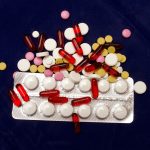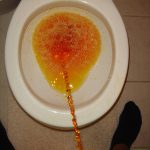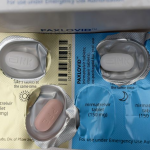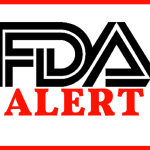List of Drugs That Require Intensive Monitoring For Toxicity
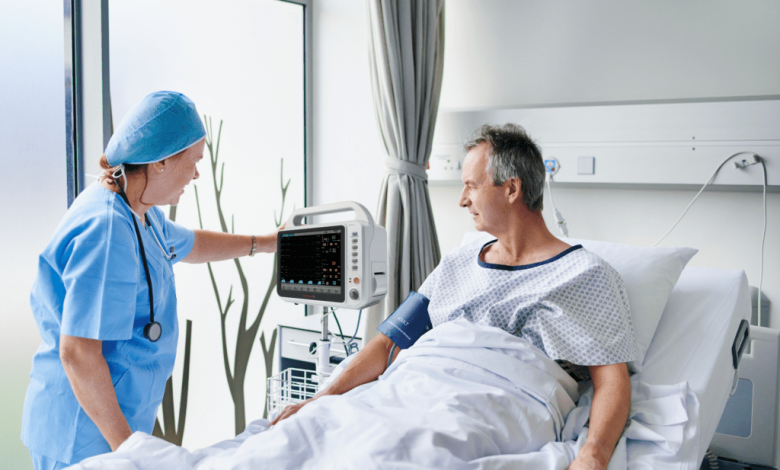
Intensive monitoring for drug toxicity in patients is typically implemented in situations where the risk of adverse effects or toxicity is high. This level of monitoring is often necessary for certain medications with known toxicities or drugs used in critical care settings.
While the specific monitoring requirements vary depending on the drug and patient’s condition, here are some key aspects of intensive monitoring for drug toxicity:
1. Baseline assessments: Before initiating treatment with a potentially toxic drug, healthcare providers perform baseline assessments to establish the patient’s overall health status and organ function. This may involve conducting laboratory tests, imaging studies, and other diagnostic evaluations.
2. Vital signs monitoring: Patients receiving drugs with potential toxicities are closely monitored for changes in vital signs, including heart rate, blood pressure, respiratory rate, and body temperature. Frequent monitoring helps detect early signs of drug-induced toxicity, such as cardiovascular or respiratory distress.
3. Electrocardiogram (ECG) monitoring: Certain medications can affect the heart’s electrical activity, leading to arrhythmias or other cardiac complications. Continuous or periodic ECG monitoring may be implemented to assess the patient’s heart rhythm and identify any drug-related abnormalities.
4. Blood tests: Regular blood tests are performed to monitor drug levels, assess organ function, and detect any signs of drug-induced toxicity. Depending on the medication, specific laboratory markers may be measured, such as liver enzymes, kidney function tests, complete blood count, and electrolyte levels.
5. Imaging studies: In some cases, imaging studies like X-rays, ultrasounds, or CT scans may be employed to monitor specific organ systems affected by the drug or to detect any structural changes or abnormalities.
6. Adverse event reporting: Patients receiving drugs with intensive monitoring for toxicity should promptly report any adverse symptoms or changes in their condition to their healthcare provider. This allows for early intervention and adjustment of the treatment plan if needed.
7. Specialist consultations: In complex cases or when managing drugs with significant toxicities, involving specialists, such as toxicologists, cardiologists, nephrologists, or hepatologists, may be necessary to provide expertise in monitoring and managing potential toxic effects.
8. Patient education and compliance: Patients must be educated about the potential toxicities associated with their medication and understand the importance of adherence to the prescribed dosage and monitoring schedule. They should be aware of the signs and symptoms of drug toxicity and encouraged to report any concerns promptly.
Intensive monitoring for drug toxicity requires a multidisciplinary approach involving healthcare professionals, pharmacists, and patients working together to ensure patient safety and early detection of any adverse effects. The specific monitoring plan will depend on the drug being used, the patient’s condition, and the healthcare setting in which the treatment is administered.
List of Drugs That Require Intensive Monitoring For Toxicity
Several drugs may require intensive monitoring for toxicity due to their potential for adverse effects. Here is a list of some medications that often require close monitoring:
1. Chemotherapy drugs: Many chemotherapeutic agents used to treat cancer have significant toxicities and require intensive monitoring. Examples include cisplatin, doxorubicin, paclitaxel, and methotrexate.
2. Immunosuppressants: Drugs used to suppress the immune system in organ transplant recipients or autoimmune diseases require careful monitoring. Examples include cyclosporine, tacrolimus, and mycophenolate mofetil.
3. Anticoagulants: Blood-thinning medications such as warfarin and direct oral anticoagulants (DOACs) like apixaban and rivaroxaban require regular monitoring of blood clotting parameters, such as the international normalized ratio (INR) or anti-Xa levels.
4. Antiarrhythmics: Medications used to treat abnormal heart rhythms, such as amiodarone, sotalol, and dofetilide, can have significant cardiac and systemic side effects and may require ECG monitoring and regular blood tests.
5. Antiepileptic drugs (AEDs): Some AEDs, including phenytoin, carbamazepine, and valproate, may require monitoring of drug levels to ensure therapeutic effectiveness and prevent toxicity.
6. Lithium: Lithium is used to treat bipolar disorder but requires regular monitoring of blood levels due to its narrow therapeutic range and potential for toxicity.
7. Methotrexate: Methotrexate is used in the treatment of cancer, autoimmune diseases, and psoriasis. It can cause significant toxicities, particularly to the liver, kidneys, and bone marrow, necessitating close monitoring.
8. Aminoglycoside antibiotics: Drugs like gentamicin and vancomycin, commonly used to treat severe infections, can have toxic effects on the kidneys and require monitoring of drug levels and kidney function.
9. Isotretinoin: This medication is used to treat severe acne but has potentially toxic effects, particularly on the liver and fetus if used during pregnancy. Regular liver function tests and pregnancy monitoring are necessary.
10. Biologic agents: Biologic drugs used in conditions like rheumatoid arthritis, psoriasis, and inflammatory bowel diseases, such as infliximab, adalimumab, and ustekinumab, may require monitoring for infections, immune-related adverse events, and infusion reactions.
It is important to note that this is not an exhaustive list, and the need for intensive monitoring can vary based on individual patient factors and specific drug regimens. The decision for intensive monitoring should be made in consultation with healthcare professionals based on the patient’s condition, drug characteristics, and known toxicities.
Which method is used for planning monitoring and adjusting dosage regimens of powerful and potentially toxic drugs?
The method commonly used for planning monitoring and adjusting dosage regimens of powerful and potentially toxic drugs is called Therapeutic Drug Monitoring (TDM). TDM involves measuring drug concentrations in a patient’s blood or other biological samples and using those measurements to guide dosage adjustments.
Here’s an overview of how TDM works:
1. Therapeutic Range: For each specific drug, a therapeutic range is established. This range represents the desired concentration of the drug in the patient’s body that is associated with optimal efficacy and minimal toxicity. The therapeutic range can vary depending on the drug and the condition being treated.
2. Sampling and Analysis: Blood samples or other appropriate biological samples, such as urine or saliva, are collected from the patient at specific time points after drug administration. These samples are analyzed using laboratory techniques, such as chromatography or immunoassays, to measure the drug’s concentration.
3. Interpretation: The obtained drug concentration is compared to the established therapeutic range. If the concentration falls within the therapeutic range, it indicates that the dosage is appropriate. However, if the concentration is below the therapeutic range, it suggests that the dosage may be insufficient, while concentrations above the range may indicate a risk of toxicity.
4. Dosage Adjustment: Based on the drug concentration and its relationship to the therapeutic range, healthcare professionals can make informed decisions regarding dosage adjustments. If the drug concentration is subtherapeutic, the dosage may be increased to achieve the desired therapeutic level. Conversely, if the concentration is above the therapeutic range, the dosage may need to be reduced to minimize the risk of toxicity.
5. Repeat Monitoring: TDM is often performed periodically to monitor the drug concentration over time. This helps ensure that the drug remains within the therapeutic range, and that dosage adjustments can be made as needed.
TDM is commonly used for medications with a narrow therapeutic index or those that exhibit significant interindividual variability in drug metabolism. Examples of drugs frequently monitored using TDM include certain antiepileptic drugs, immunosuppressants, antibiotics (e.g., aminoglycosides), anticoagulants, and some anti-cancer agents.
By monitoring drug concentrations and adjusting dosages accordingly, TDM helps optimize drug therapy, maximize efficacy, minimize the risk of toxicity, and ensure that patients receive the most appropriate and personalized treatment regimen.

